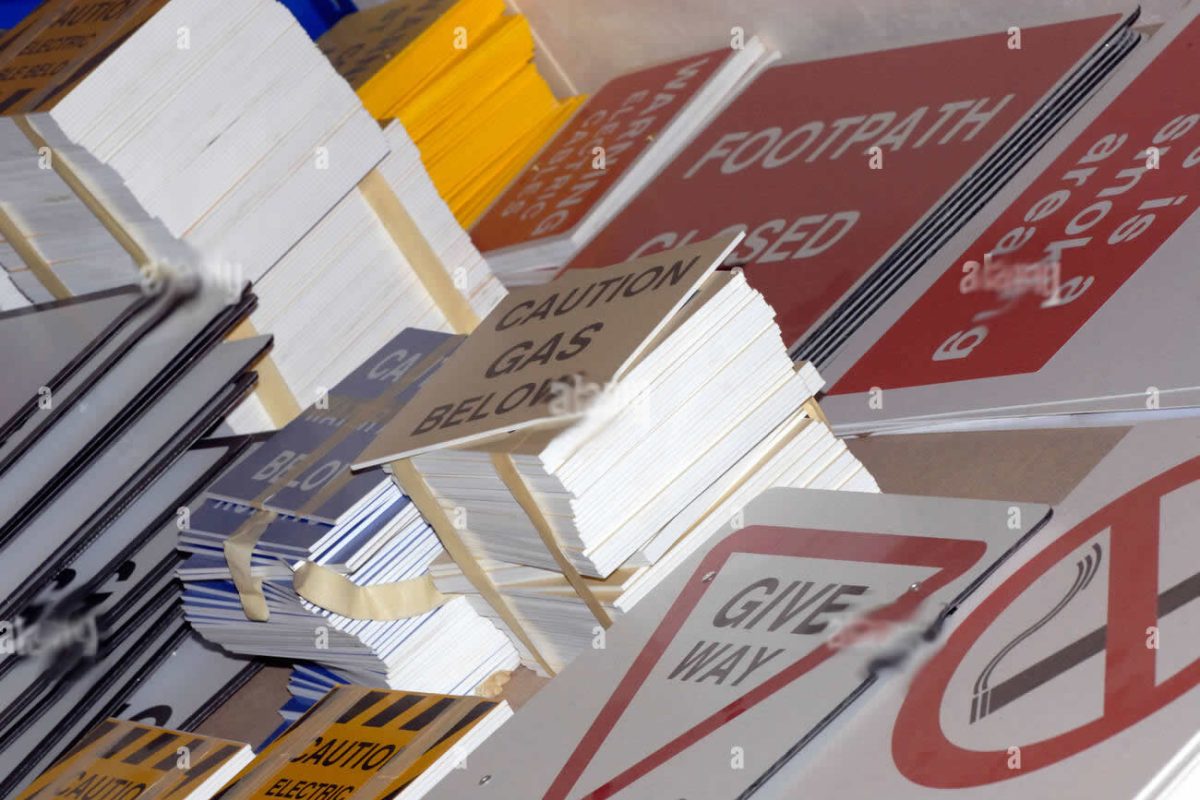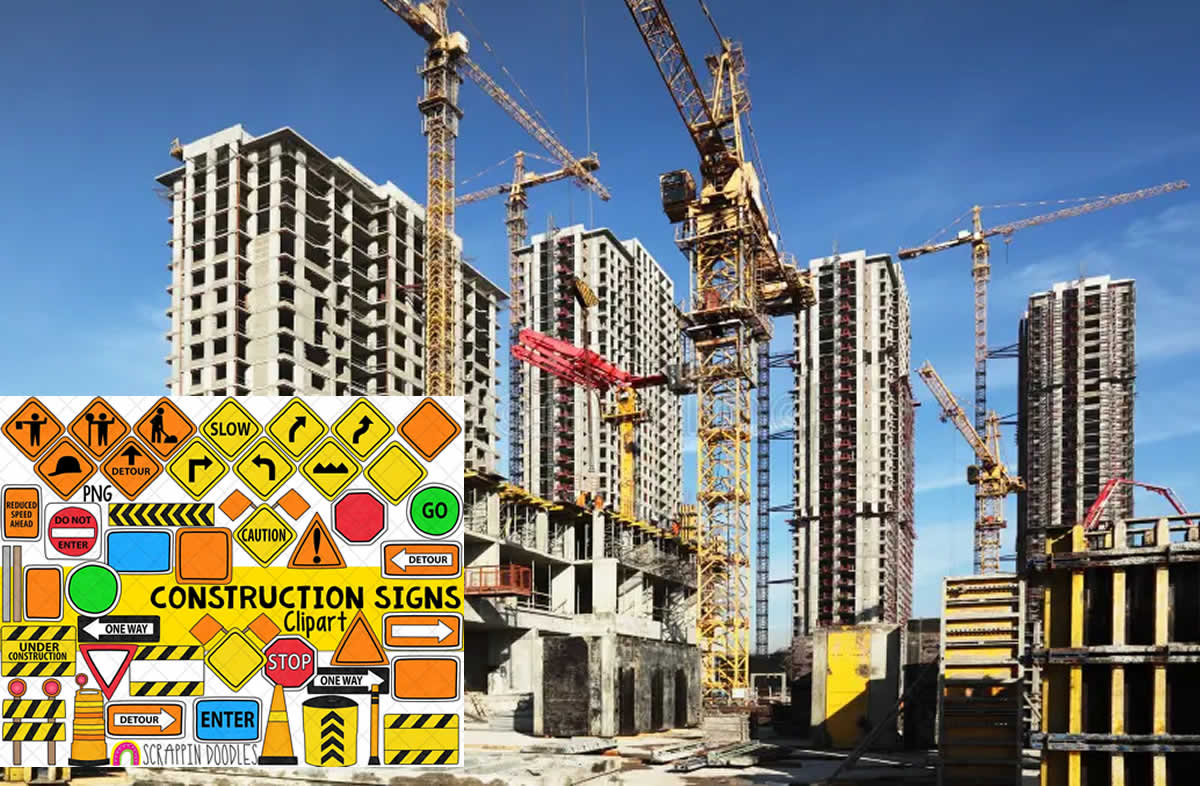Compliance signs play a critical role in ensuring safety, providing clear instructions, and meeting regulatory standards across various environments. Whether used in workplaces, public spaces, or industrial facilities, the material used for compliance signs is a key factor in their effectiveness and longevity. Here’s a comprehensive look at the different materials commonly used to create compliance signs and their unique properties.
1. Aluminum
Key Features: Lightweight, durable, rust-resistant.
Aluminum is one of the most popular materials for compliance signs due to its exceptional durability and ability to withstand harsh weather conditions. It is ideal for outdoor settings such as parking lots, construction sites, and industrial zones. Aluminum signs are lightweight, easy to install, and maintain their appearance over time, even in extreme environments. Additionally, they can be coated with reflective finishes to enhance visibility in low-light conditions.
2. PVC (Polyvinyl Chloride)
Key Features: Cost-effective, versatile, flexible.
PVC is a widely used plastic material for indoor compliance signs. Its affordability, combined with its ability to be easily cut and shaped, makes it suitable for various applications. PVC signs are lightweight and resistant to moisture, making them perfect for environments like offices, retail stores, and warehouses. Their smooth surface allows for sharp and vibrant printing, ensuring that safety messages are clear and attention-grabbing.
3. Acrylic
Key Features: Sleek, professional, durable.
Acrylic compliance signs are known for their polished and professional appearance, making them a popular choice for corporate and high-end environments. They are commonly used indoors for signs like “No Smoking” or “Fire Exit” and are valued for their clarity and smooth finish. Acrylic is durable and scratch-resistant, making it an excellent long-term option for compliance signage that needs to look good while being functional.
4. Steel
Key Features: Heavy-duty, robust, long-lasting.
Steel is the go-to material for compliance signs in high-risk and industrial settings where durability is paramount. Its strength and resistance to impact make it ideal for environments such as factories, chemical plants, and construction sites. Steel compliance signs can withstand extreme conditions, including heavy machinery traffic and exposure to chemicals. However, it requires proper finishing to prevent rust and corrosion in outdoor settings.
5. Polypropylene
Key Features: Eco-friendly, lightweight, economical.
Polypropylene is an environmentally friendly plastic option for compliance signs, often used for temporary or lightweight applications. It is resistant to moisture and chemicals, making it suitable for indoor and outdoor use. Its flexibility and affordability make it a practical choice for businesses looking for cost-effective yet durable compliance signage.
6. Reflective Materials
Key Features: High visibility, reflective properties.
Reflective materials, often combined with aluminum or PVC bases, are essential for compliance signs that need to be seen in low-light or nighttime conditions. These materials are commonly used for road safety signs, emergency exit markers, and other critical signage. Their ability to reflect light ensures that safety messages are visible and legible at all times.
7. Vinyl
Key Features: Adhesive, flexible, affordable.
Vinyl is a popular choice for adhesive compliance signs, such as labels and decals. It is ideal for smooth surfaces, including glass, metal, and walls. Vinyl signs are cost-effective, easy to apply, and resistant to water and fading. They are perfect for temporary or semi-permanent applications, such as warning stickers and instructional labels.
Choosing the Right Material
Selecting the right material for compliance signs depends on various factors, including the environment, durability requirements, visibility needs, and budget. For example:
- Use aluminum or reflective materials for outdoor signs needing high visibility and weather resistance.
- Opt for PVC or acrylic for indoor signs in professional settings.
- Choose steel for heavy-duty applications in industrial environments.
Conclusion
At Eloquent Signs, we understand the importance of choosing the right material for compliance signage. Our team of experts works closely with you to recommend and create signs tailored to your specific needs, ensuring durability, clarity, and compliance with safety regulations. Whether you need indoor or outdoor signs, we’ve got you covered with high-quality materials and exceptional craftsmanship.
Get in touch with Eloquent Signs today to discuss your compliance signage needs, and let us help you create a safer and more informed environment!





